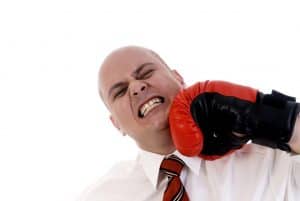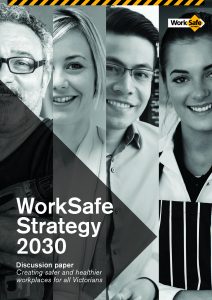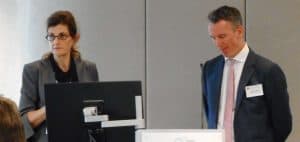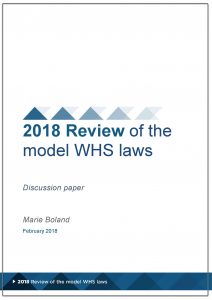Earlier this year the Safety Institute of Australia (SIA) was the beneficiary of funds granted as part of an Enforceable Undertaking (EU) after a company breached occupational health and safety (OHS) laws. This month it was the turn of the New Zealand Institute of Safety Management (NZISM).
As a result of an OHS prosecution of Fletcher Constructions by WorkSafe New Zealand, an Enforceable Undertaking was agreed to and one of the obligations was a $10,000 donation to NZISM. The EU says the donation is intended
“… to assist its work in supporting and providing educational development opportunities for health and safety professionals in New Zealand.”


 Australia’s Royal Commission into banking and financial services is a few months in and the evidence provided of wrongdoing is so substantial that those who were critical of the need for such an investigation are admitting they were wrong.
Australia’s Royal Commission into banking and financial services is a few months in and the evidence provided of wrongdoing is so substantial that those who were critical of the need for such an investigation are admitting they were wrong. Being
Being 
 The annual
The annual 